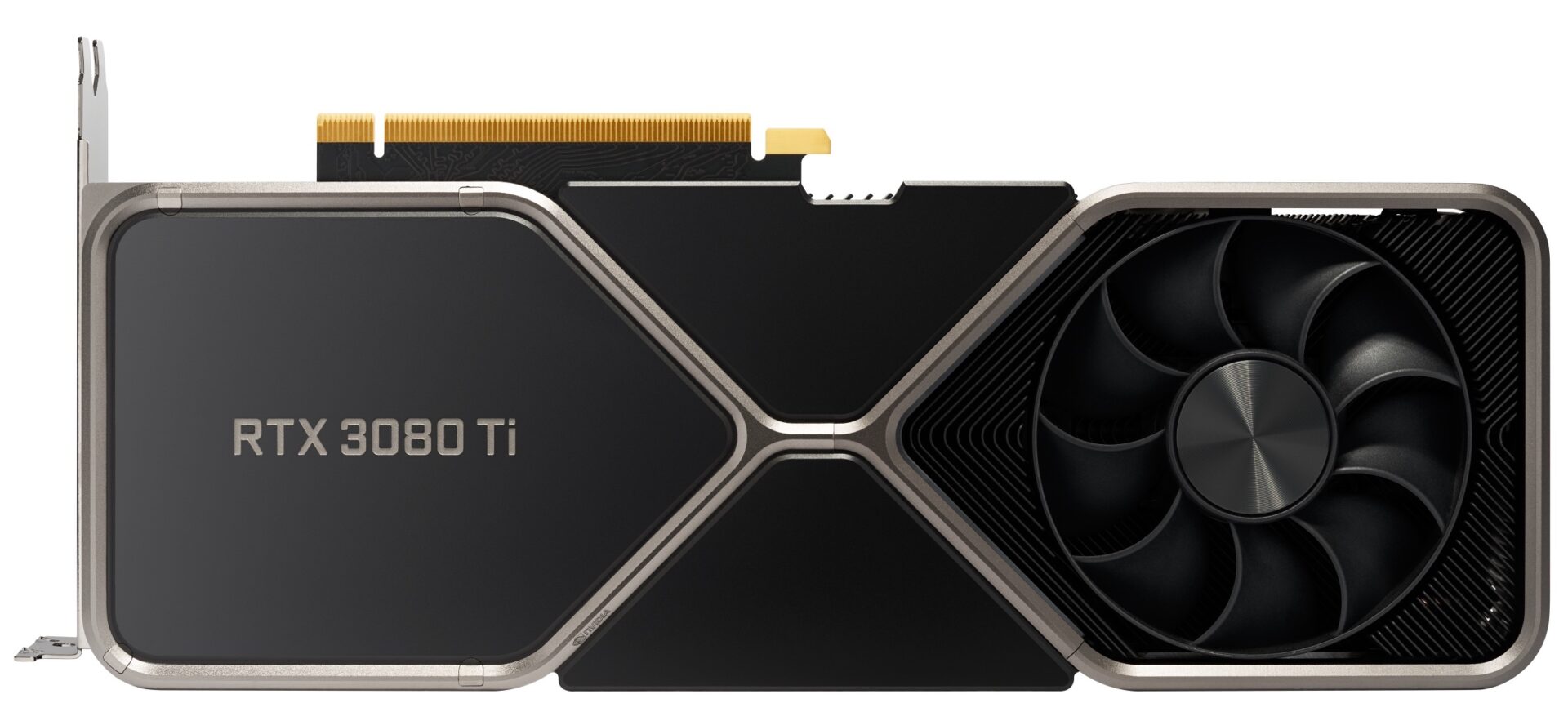When it comes to NVIDIA graphics cards, the terms “Ti” and “Super” can get confusing. But don’t worry, we’ll break it down for you in simple, straightforward language. These labels aren’t just marketing gimmicks; they offer a solid clue about the card’s performance level.
What Is the “Ti” in NVIDIA Cards?
“Ti” stands for “Titanium.” No, this doesn’t mean your graphics card is made of titanium, but it’s a shorthand way NVIDIA uses to mark upgraded versions of their base models. For example, the RTX 4070 Ti is a more powerful version of the regular RTX 4070, offering more CUDA cores, faster clock speeds, and sometimes, more VRAM.
Here’s why this matters: If you’re a gamer or creator looking for that extra edge without jumping up to a completely new series of cards (which can cost a pretty penny), the “Ti” model gives you that boost. It’s great for gamers playing at 1440p or even 4K, allowing you to push higher frame rates and more detail without breaking the bank.
An analogy: Think of a Ti model like the sports edition of a car. It’s still the same car, but with a more powerful engine and better handling—so you get more speed without needing a whole new vehicle.

What Does “Super” Add?
Then we’ve got “Super”. Introduced more recently, this branding is NVIDIA’s way of taking an existing card and cranking the performance up a notch. For example, the RTX 4070 Super packs 20% more CUDA cores than the standard 4070, making it faster while still keeping a similar price point
The Super models often fall in between the regular and Ti versions in terms of price and performance. So, if you find yourself torn between two cards, the Super might be the perfect middle ground. These models typically feature improved cooling solutions, higher memory bandwidth, and occasionally DLSS 3 support for AI-enhanced gaming
Key Differences Between “Ti” and “Super”
So, here’s a QUICK SUMMARY of the key differences:
- “Ti” models are upgraded versions of base cards with more performance capabilities (higher clock speeds, more cores).
- “Super models” are enhanced variants of their base models, offering improvements across the board but with a slightly different balance between price and performance.
If you’re focused on getting the most frames per second in demanding games like Cyberpunk 2077 at high settings or you want to dive into 4K gaming, you’ll likely find that a Ti model suits your needs best. However, if you’re looking for a solid step-up without venturing into ultra-premium pricing, then a Super variant could be your sweet spot
Which One Should You Choose?
For Gamers:
- Ti cards are perfect if you want to run the most demanding titles at ultra-high settings.
- Super cards are ideal if you want a balanced price-to-performance ratio without going all out.
For Creators:
- The additional memory and enhanced AI capabilities in the Ti series make it an excellent choice for heavy-duty tasks like video editing or 3D rendering.
- Super models will still offer great productivity boosts, especially if you’re working with DLSS or ray tracing technologies
By understanding the difference between “Ti” and “Super”, you’re one step closer to finding the perfect NVIDIA GPU for your needs. Happy gaming, or creating—whichever path you take!
See Also: What’s the Difference Between RTX and GTX?


1 comment
Soooo…. what say you about the Ti Super?
Comments are closed.